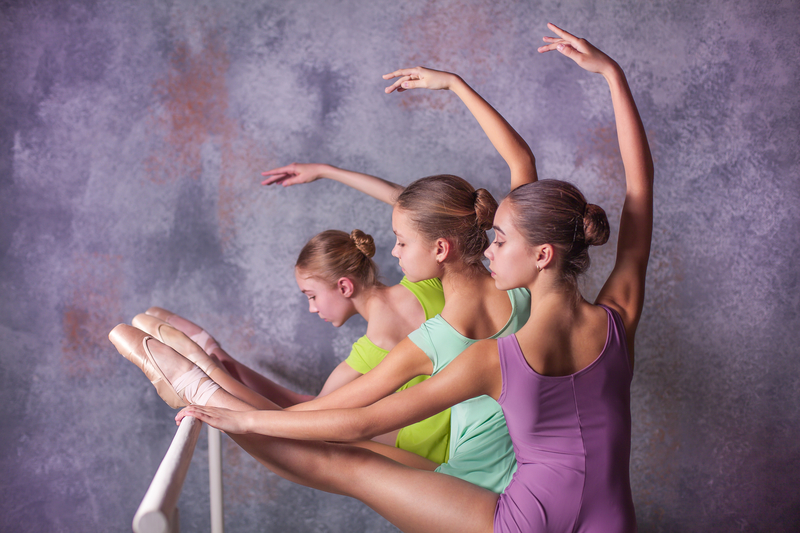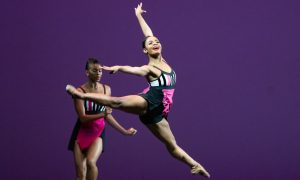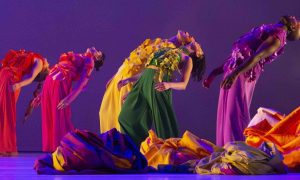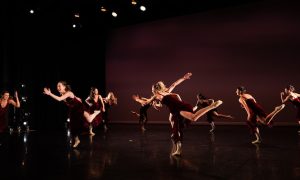Why do dancers stretch?
As dancers, we love to stretch. We want to be flexible so we can achieve advanced dance moves and positions, and even dancers who are already flexible often work to stretch even further. We are taught to always stretch when we warm up for class or a performance. But are we acting in our own best interests?
We like to think we know a lot about stretching, but stretching is not actually very well understood. There is very little research which tells us how it should best be done, and some recent research has even shown that stretching before activity may in fact make injury more likely. So where does that leave us?
Flexibility is certainly important , but we need to achieve it in the safest way possible. In this article we will look at stretching safely.
What are we really stretching?
When we stretch, we usually think of the muscles. This is certainly where you feel sore in the days following an intense stretch class. But in fact there is far more to it. To be flexible, we actually need everything in the body parts we are moving to be able to stretch and slide past each other. This includes the muscles, the tendons at the ends of the muscles, the ligaments of the joints, the nerves, and the fascia (pronounced fash-ee-ah) which is the fine tissue which surrounds, supports and connects all of the structures in the body. Many small movements at all of these different places add up to make the overall larger movement you are performing. When you move or stretch all of these parts can come into play.
How do we get more out of stretching?
Here are some general guidelines which may help make stretching safer and more effective:
Warm up first
Just stretching is not warming up, and neither is a hot shower. You need to do at least 5-10 minutes of aerobic-type activity and gentler versions of movements you will be doing in your routine before stretching. You must warm up for even longer during the cold months. Gradually build the intensity and then move onto stretching. Straight after dancing is a great time to stretch as you are already warm.
All muscle groups
Stretch all of the muscle groups you will be using, in all of the directions and movements you will be making in your dance.
Slow and smooth
Stretch slowly and smoothly, until you feel a stretch but never pain, and never ‘bounce’. Stretching too far, going too fast or ‘bouncing’ can set off reflexes in the muscles which makes them tighten up as the body tries to protect itself. This is not going to help you stretch and can actually lead to injury. Recent research has shown that stretching too hard before activity might even make you more prone to injury. Go for a moderate intensity and respect your body.
Breathe
Keep breathing while stretching, slow and easy. Never hold your breath.
Alignment
Always do your stretches with correct alignment.
Relax
Stay relaxed while you are stretching. It is easy to tense up when working hard, but you will just be fighting yourself.
Strength and control
Don’t push for big changes in your flexibility over a short period of time. It is useless to become flexible without building the strength and control to be able to use it, as this can lead to pain and injury. Aim for a steady but gradual improvement and also work on strength and control during other class times such as corner work (progressions) in jazz, and barre and center work in ballet.
If you are stretching and feel that you may have injured yourself, stop straight away, apply ice for 10 minutes, and rest. Do not use heat and do not go back to stretching or dancing. If it remains sore, keep icing for 10 minutes, every two hours. If the pain has not completely gone by the next day or if you are at all concerned, see a physical therapist as soon as possible.
By Samantha McKenzie, Physical Therapist
Samantha McKenzie is a registered physiotherapist/physical therapist and life-long dancer.
This article is provided in good faith and is simply a tool to assist dancers and teachers. Any actions taken in response to this article are not the responsibility of Dance News International LLC, Dance Informa Pty Ltd, it’s directors or journalists.















